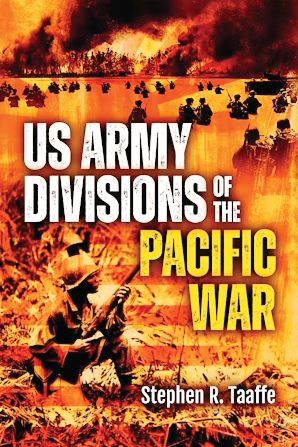 By Christopher Miskimon
By Christopher Miskimon
The Marine Corps fielded 484,000 troops in the Pacific during the war; the US Army contributed 1.77 million. It sent nineteen infantry and one airborne division into the pacific theater, along with numerous supporting units. Ten of these divisions were National Guard units, often overlooked despite their overall good service. The rest were a mix of Regular Army and units raised during the war. Despite the army’s attempt to make each unit uniform, over time they all developed their own unique features, traditions and ethos. Leadership featured prominently in a division’s battlefield performance. In the end they played their part in defeating Imperial Japan at a cost of 188,000 casualties, far less than expected. While the Marine Corps richly deserves its accolades, it is a little-known truth the US Army played the largest role in the ground.
This book seeks to redress an imbalance in the coverage of U.S. Army units in the Pacific Theater and succeeds with its detailed writing and smooth chronological narrative. Each division gets a fair look at its successes and failures. The author also discusses how they evolved and improved over the course of the war.
U.S. Army Divisions of the Pacific War (Stephen R. Taaffe, Casemate Books, Havertown PA, 2024, 222 pp., maps, appendices, notes, bibliography, index, $34.95, HC)
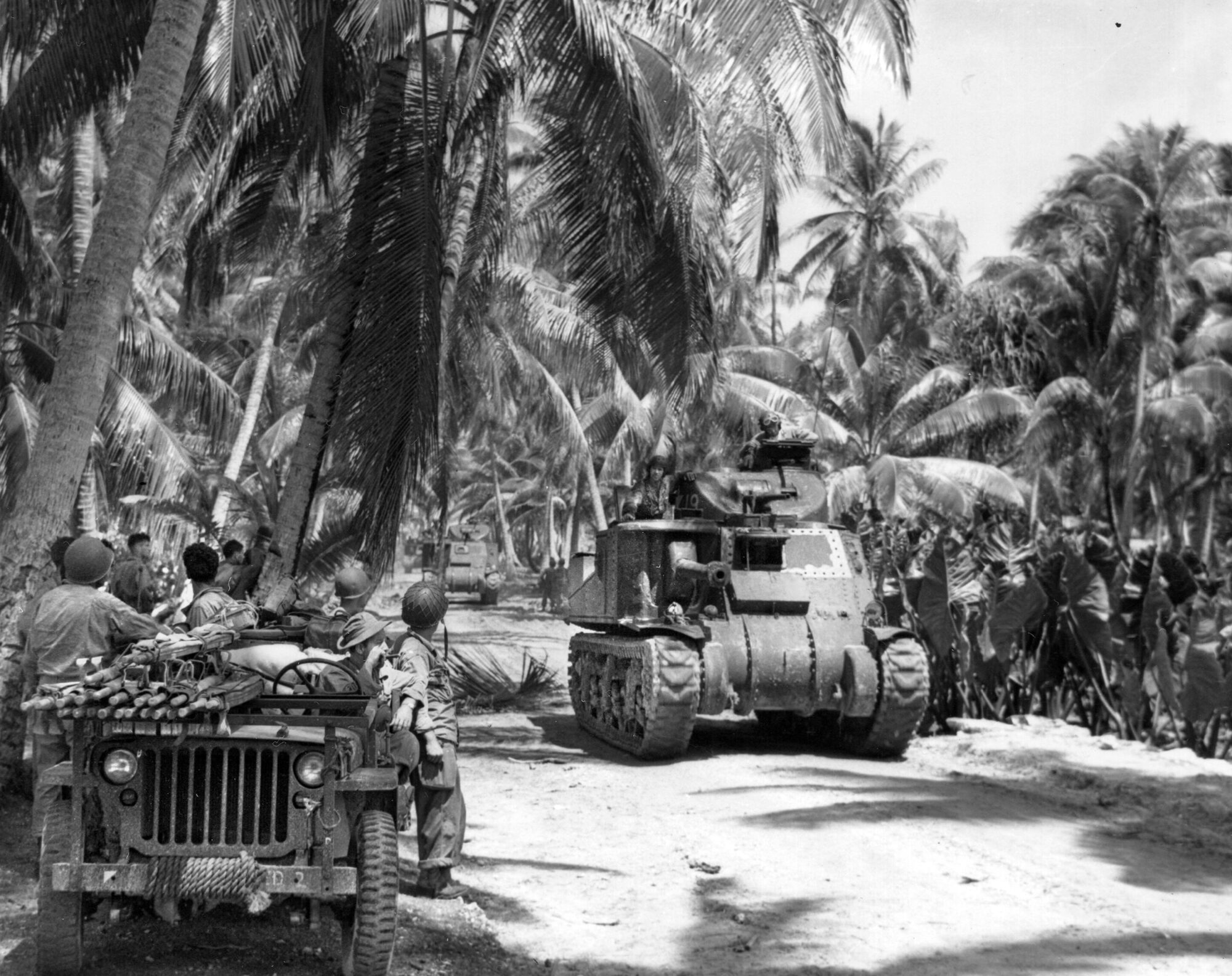
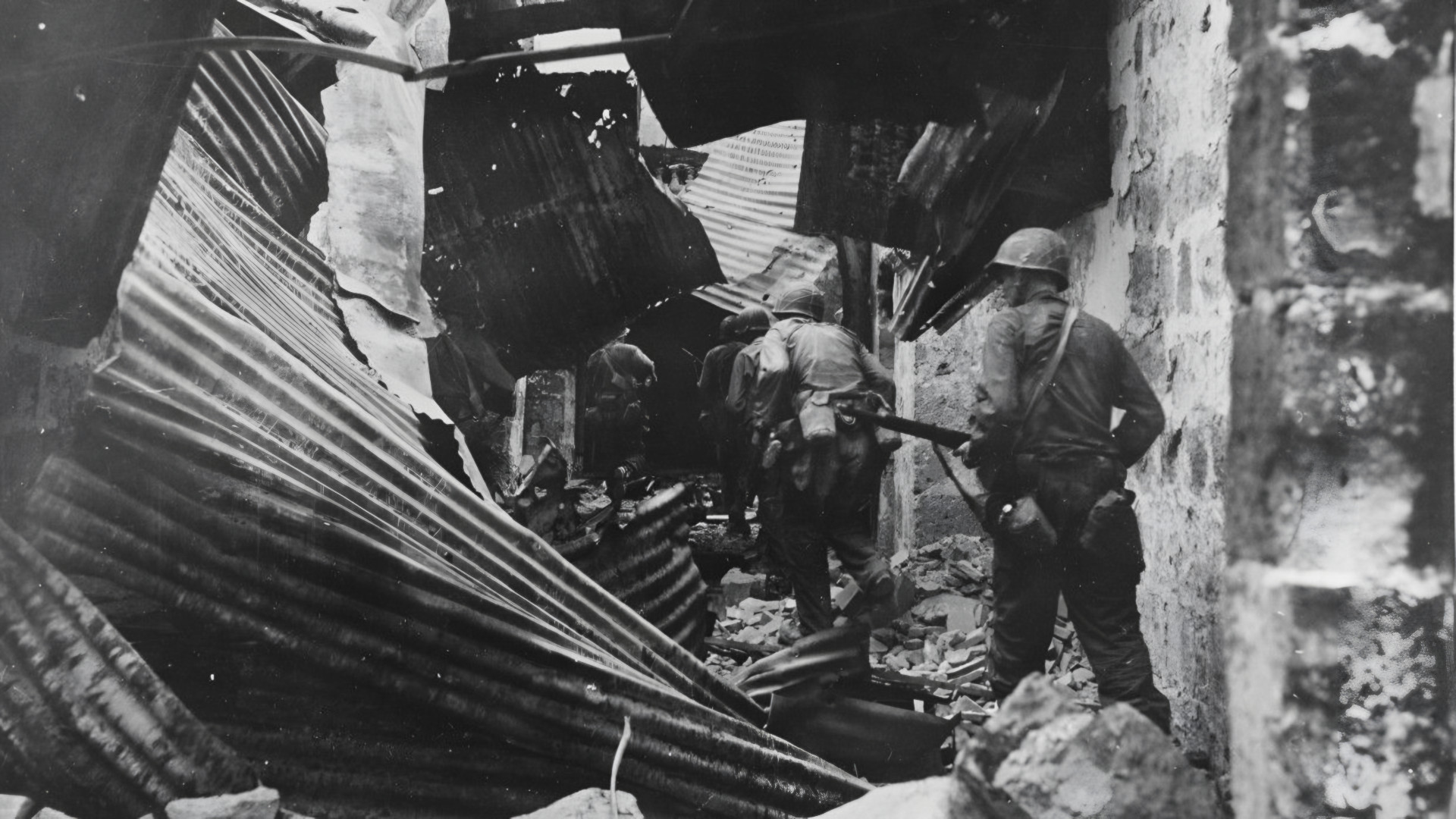
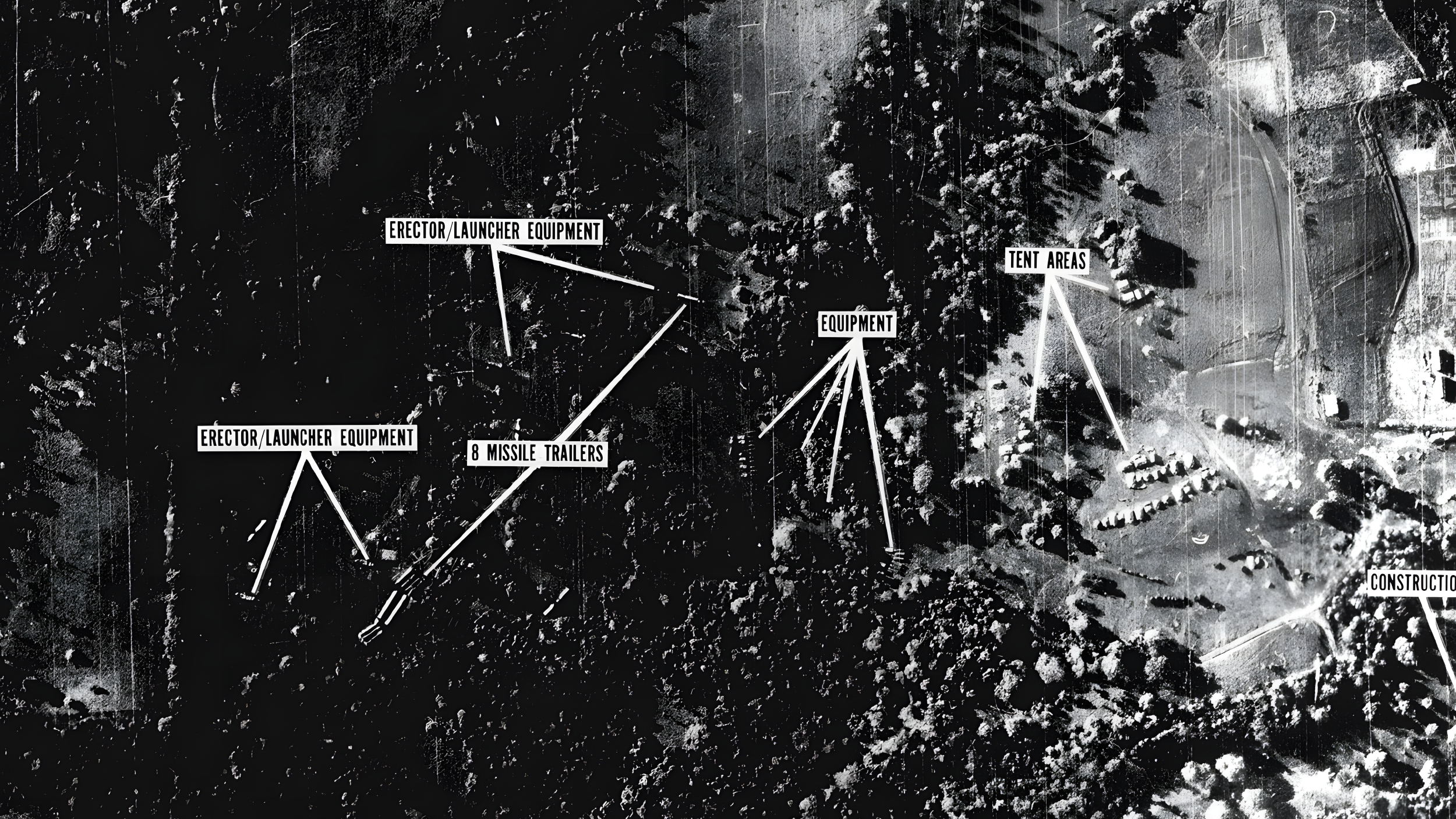
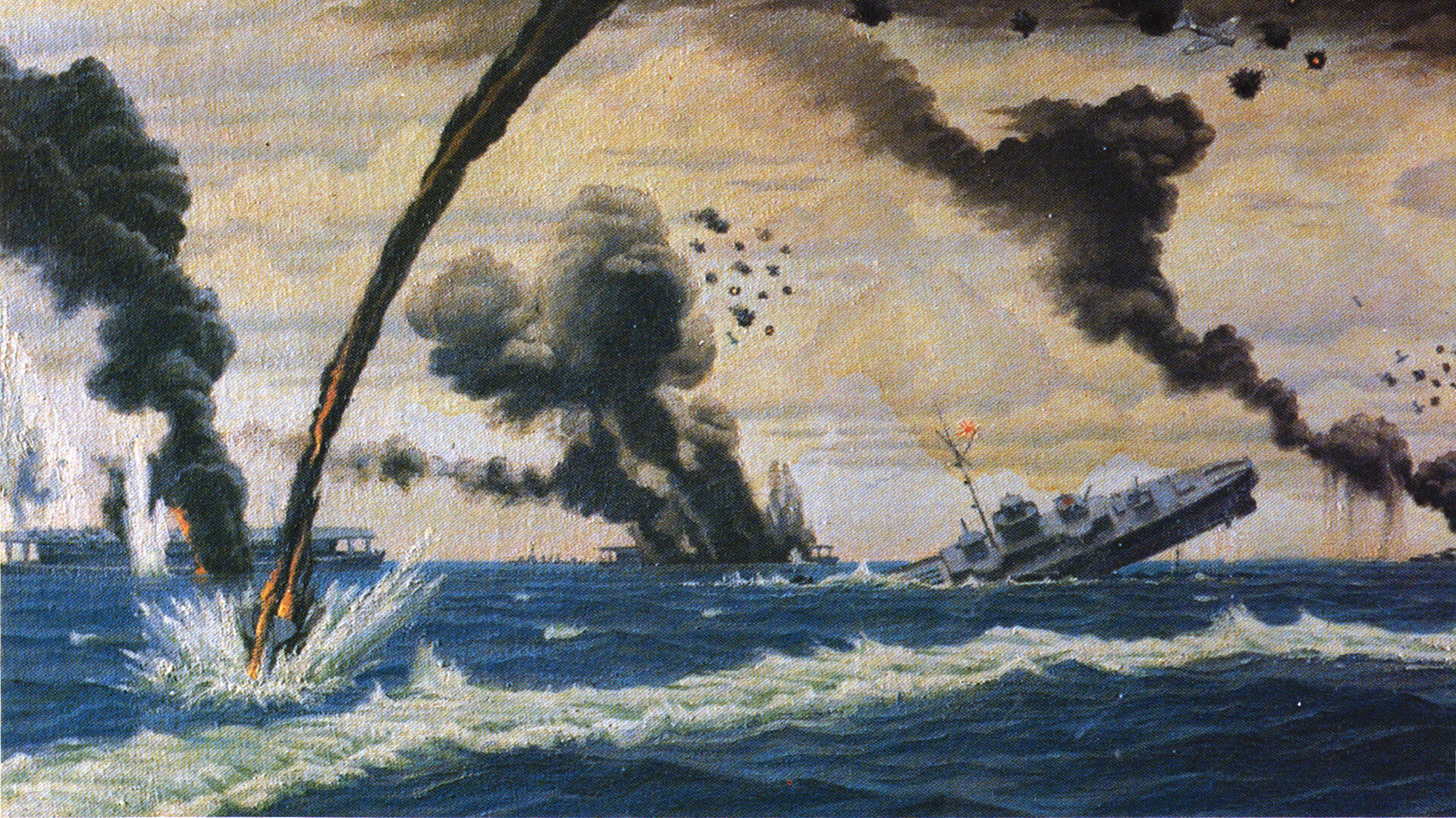
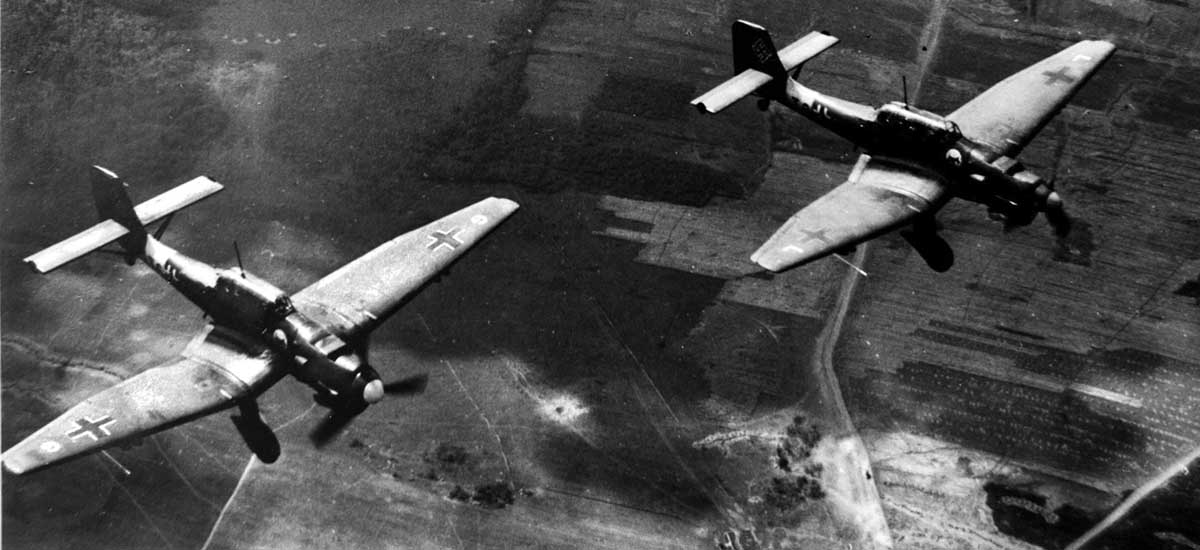
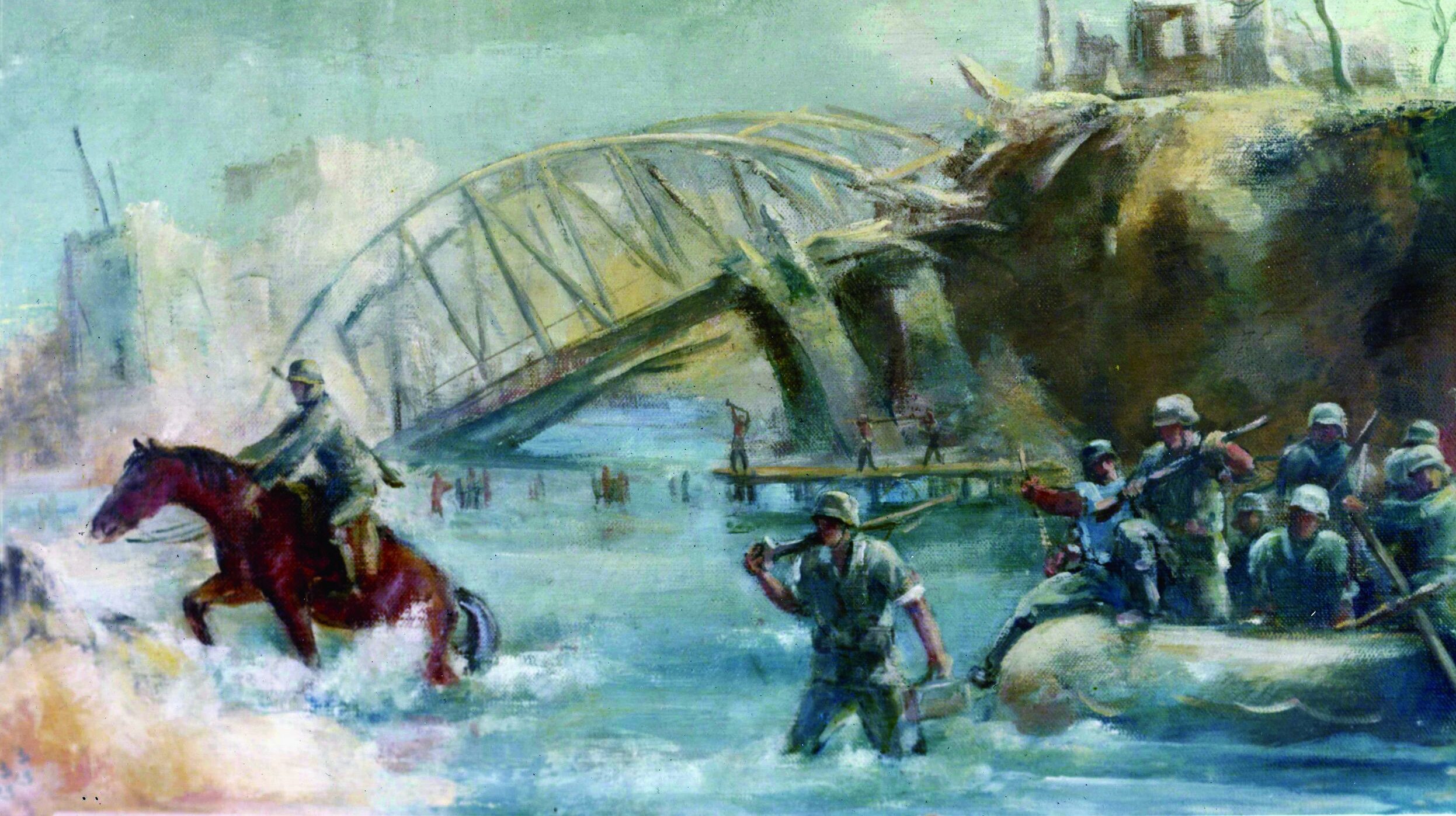
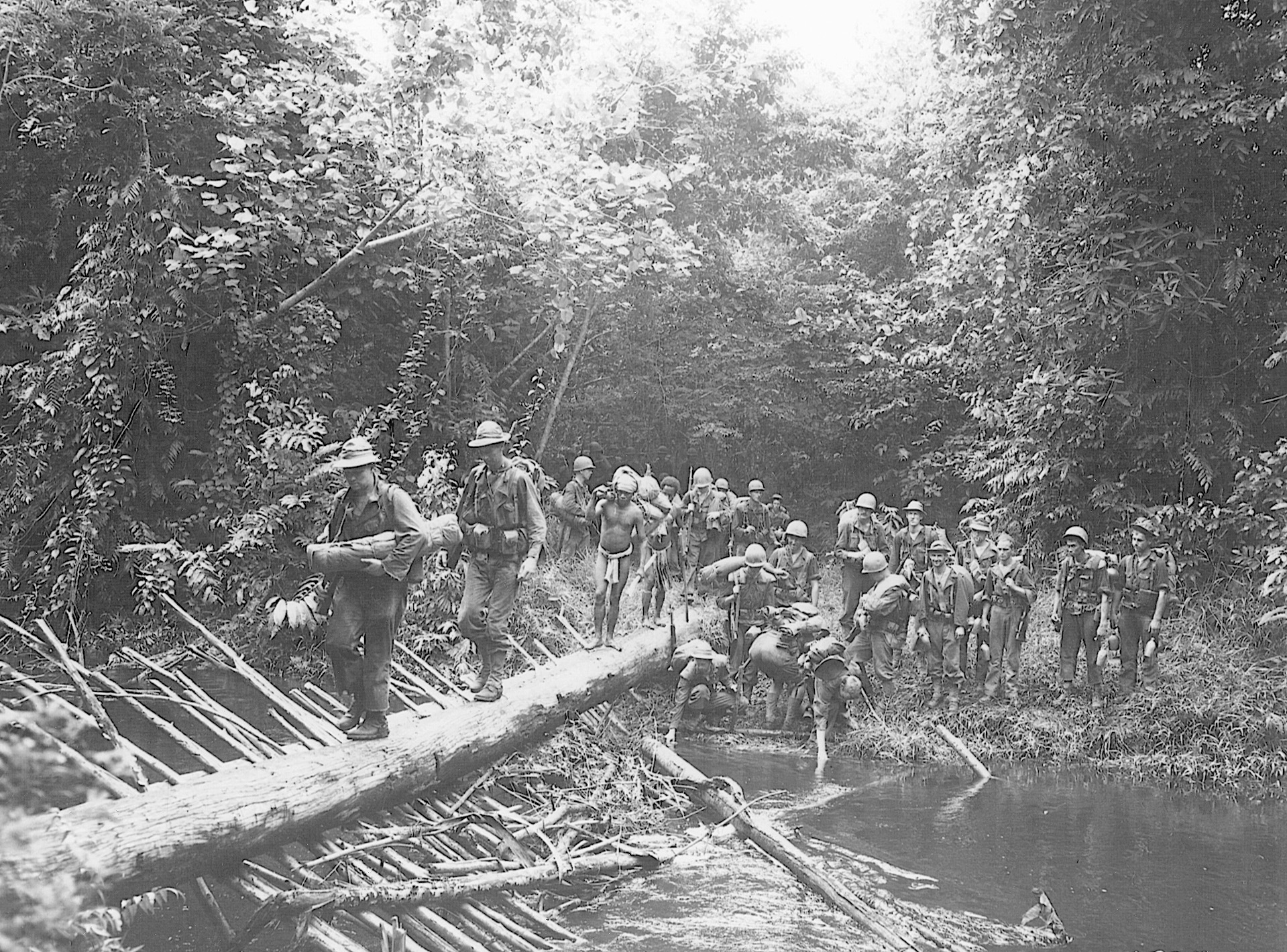
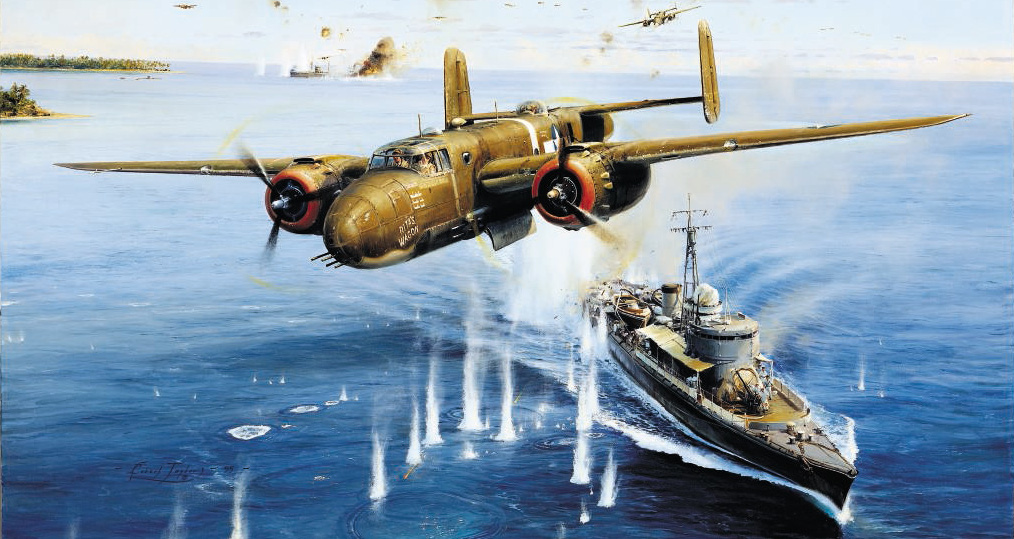
Join The Conversation
Comments
View All Comments